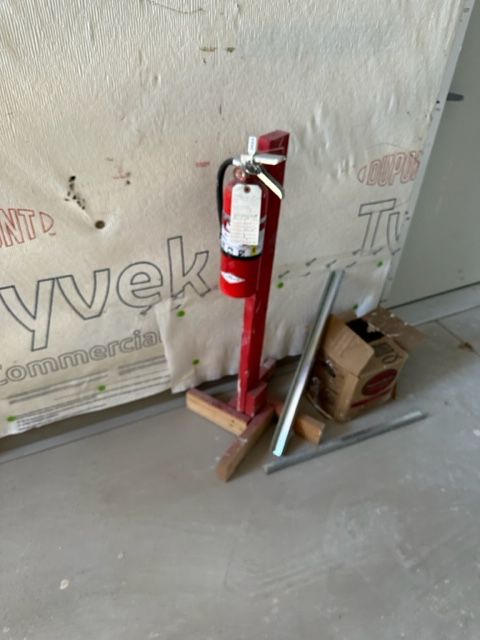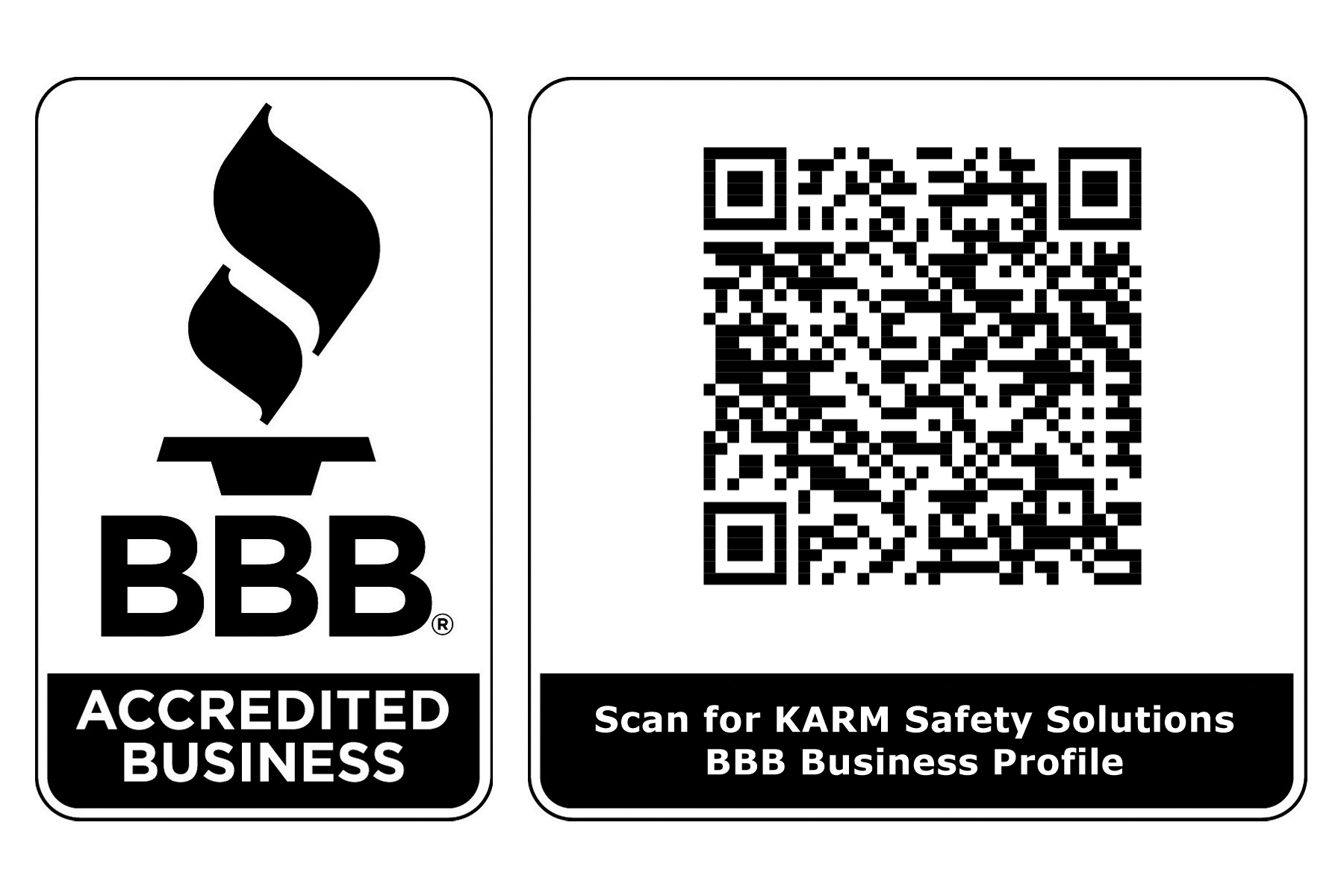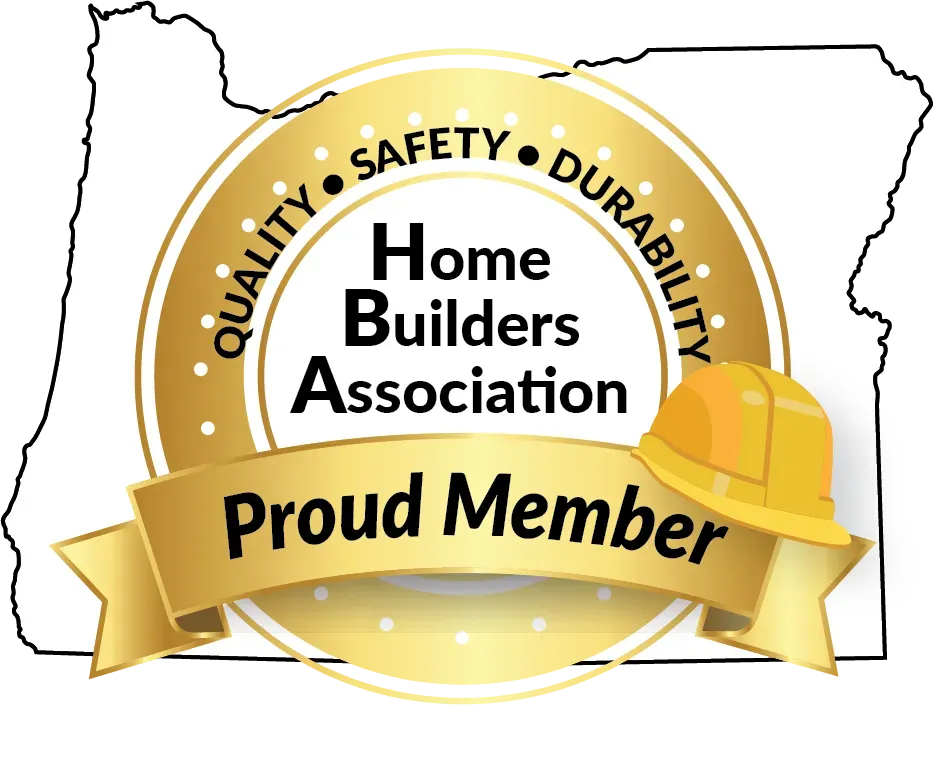What Risks Do You Face Without Proper Lockout Tagout Training?
Working around machines without the right training can be dangerous. Authorized employee lockout tagout training teaches workers how to control energy safely and prevent accidents. Without these skills, employees risk serious injuries, legal problems, and costly delays. Proper training prepares workers to identify hazards and follow safety procedures before starting any task.
Hidden Dangers in Everyday Machines
Machines may seem safe, but stored energy can be released unexpectedly. Electricity, pressure systems, and moving parts can harm workers if not properly controlled. Even simple tasks, like maintenance or cleaning, can become dangerous if energy sources are not properly isolated. Training helps employees spot these risks, take precautions, and follow steps that keep everyone safe.
For example, a hydraulic lift may hold pressure even after it is turned off. Without proper lockout procedures, releasing the lift could injure someone nearby. Learning to identify these hidden energy sources is one of the key benefits of training.
Accidents That Could Happen
Without training, accidents can be severe. Workers can get shocked, crushed, or caught in moving parts. Many accidents happen because machines start unexpectedly or safety devices are removed too soon.
Even experienced workers can overlook hazards when they assume machines are safe. A small misstep, such as not locking a control panel or misreading a power source, can lead to serious injuries. Training ensures every employee knows the correct steps and avoids relying on guesswork.
How Step-by-Step Procedures Help?
Following the right steps prevents accidents. Lockout tagout authorized employee training shows workers how to place locks, isolate energy, and check that machines cannot start while being serviced. This builds confidence and ensures work is done safely.
Employees also learn verification techniques, such as trying to start a machine after it has been locked to confirm energy is fully isolated. These steps are simple but critical for preventing accidents. Step-by-step guidance also reduces hesitation, helping workers perform tasks efficiently without cutting corners.
Avoiding Legal Problems
Not training employees can lead to OSHA fines and legal trouble. Employers must make sure everyone who works on machines knows the rules. Training helps meet these rules and shows a company cares about worker safety, while reducing risks and interruptions.
Legal compliance is more than just avoiding fines. Companies with documented training programs demonstrate accountability, which can be crucial in insurance claims or accident investigations. Proper training also builds trust between management and employees, creating a safer and more organized workplace.
Building Worker Confidence
Training changes fear into skill. Employees learn to check machines, apply locks correctly, and confirm energy is off. This lets them work without hesitation and handle tasks safely. Confident workers also communicate better, keeping the whole team safe.
Confidence is essential for emergency situations. For example, if a machine starts unexpectedly during maintenance, a trained worker knows exactly what to do and how to respond quickly. This level of preparedness protects the worker and the team from harm.
Safety for the Whole Team
One mistake can put others at risk. Lockout tagout training ensures everyone knows their role in keeping machines safe. When the team follows the rules, the workplace is safer, and accidents are less likely. Safety becomes part of every action.
Training also encourages peer accountability. Workers can spot mistakes, remind each other of proper procedures, and maintain a shared safety standard. This teamwork reduces risks across the site and reinforces a culture of care and responsibility.
Hands-On Learning That Works
Practical exercises are key. Workers practice using locks, tagging machines, and handling emergency scenarios. This helps them respond correctly if a machine behaves unexpectedly. Hands-on training turns rules into habits that protect workers every day.
Simulation exercises may include scenarios such as accidental power restoration or equipment malfunction. Practicing in a controlled environment prepares workers to react calmly and safely in real situations. This method builds both knowledge and instinctive safety behavior.
Ending Note:
At KARM Safety Solutions, our OSHA lockout tagout training combines lessons and real-life exercises. We give workers the skills to handle machines safely and follow procedures correctly. Our goal is to help teams protect themselves and maintain a safe, compliant workplace. Our instructors provide feedback during practical exercises, showing workers how to correct mistakes immediately. This approach ensures that learning is reinforced, and safety practices become second nature. Companies benefit from having employees who are prepared, confident, and consistently follow safety standards. Keep your workers safe before accidents happen. Train your team with KARM Safety Solutions and make sure everyone knows how to control energy safely.
Start training and create a safer work environment. Investing in proper training prevents injuries, reduces downtime, and ensures every employee goes home safely.
FAQs:
1. What is lockout tagout training?
It is a safety program that teaches workers how to control energy sources and prevent accidents.
2. Who should take authorized employee lockout tagout training?
Employees who operate or maintain machinery that could release hazardous energy must complete this training.
3. How does proper training prevent workplace accidents?
It ensures machines are safely turned off, locked, and verified before maintenance, reducing injury risks.
4. What is the role of a competent employee in lockout procedures?
They follow step-by-step procedures, apply locks correctly, and confirm energy isolation to protect the team.
5. Why is hands-on training important?
Practical exercises help workers apply safety rules in real situations, building confidence and preventing mistakes.













